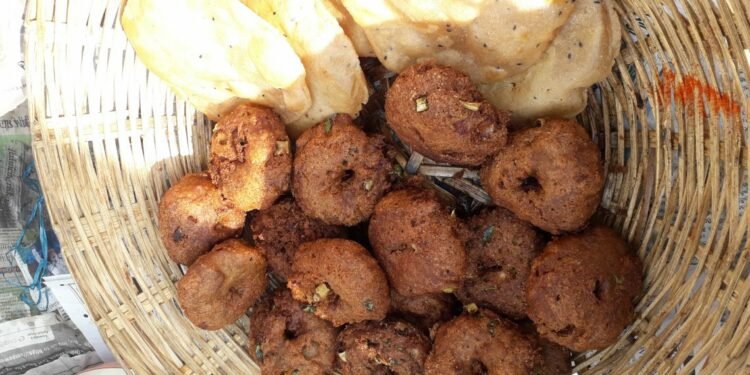The intent is to connect local producer with neighbourhood consumer—benefitting the environment as well as the economy.
Perception matters. The benefits of millets are well known. But its image needs a polish. A buzz was designed to attract people’s attention.
Conceptualized by Living Farms, an NGO based in Odisha, a food truck called ‘Mandiya Tiffin’ (Millets are called Mandiya by locals in Odisha), or Millet Tiffin was anchored at Muniguda in Rayagada District of Odisha. It offers morning snacks made of millets, cultivated locally. All the food items sold are not just healthy and affordable but taste well too. That is why, it is popular among the local residents.
Millets are small-seeded cereals that retain excellent nutritional qualities. There are thousands of varieties of millet all over the world with various colours such as pale yellow, white, grey and red. They are superior in many aspects to certain highly consumed cereals such as rice and wheat.
Despite their significant nutritional qualities, the millets have received less attention than the major cereals. The potential of millets is huge—it can play an important role in food security and economy of India.
From the perspective of medicine, millets have a lower glycaemic index compared to rice. As a result, the grains are digested and absorbed by the body slowly, thereby, lowering the blood glucose and insulin levels. They are also gluten-free. Consequently, they can be used in place of wheat flour in rotis and baked products.
Additionally, millets are also high on antioxidants. According to the International Crops Research Institute for the Semi-Arid Tropics, which works to promote millets and pulses in Africa and Asia, bajra contains the highest folic acid among cereals (46 mcg/100g) while ragi contains three times the calcium content of milk (340mg/100g).
The rationale beneath the food shop event is simple. Explains Dr. Jagatbandhu Mohapatra of Living Farms; “The semi urban residents are negligent towards the benefits that millets offer. We are trying to change that. The people in semi urban areas need to be made aware of the advantages of food made from millets.”
The inclusion of millets in the plates of semi urban consumers has two benefits. The consumers will have nutrition sufficient food in their plates and the local millet producers will have a market nearby.
Linking the consumer with the producer require a strategy. “There is a need to change the image of millets. Make them more modern and create a buzz around them.
This story is a part of special feature series ‘Safe Food For All’ covering Sustainable Agriculture, Food Security and Nutrition by India CSR Network.







